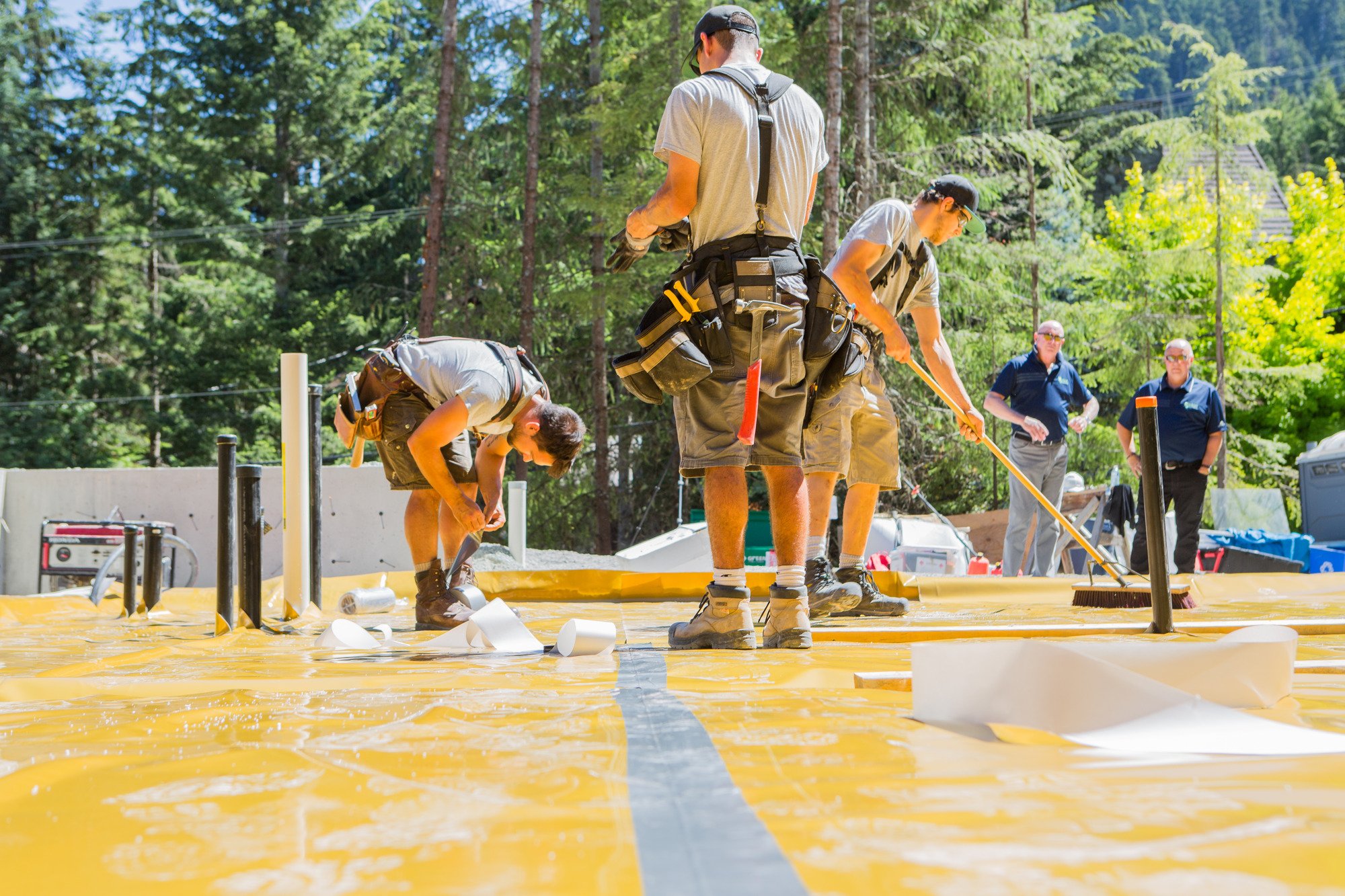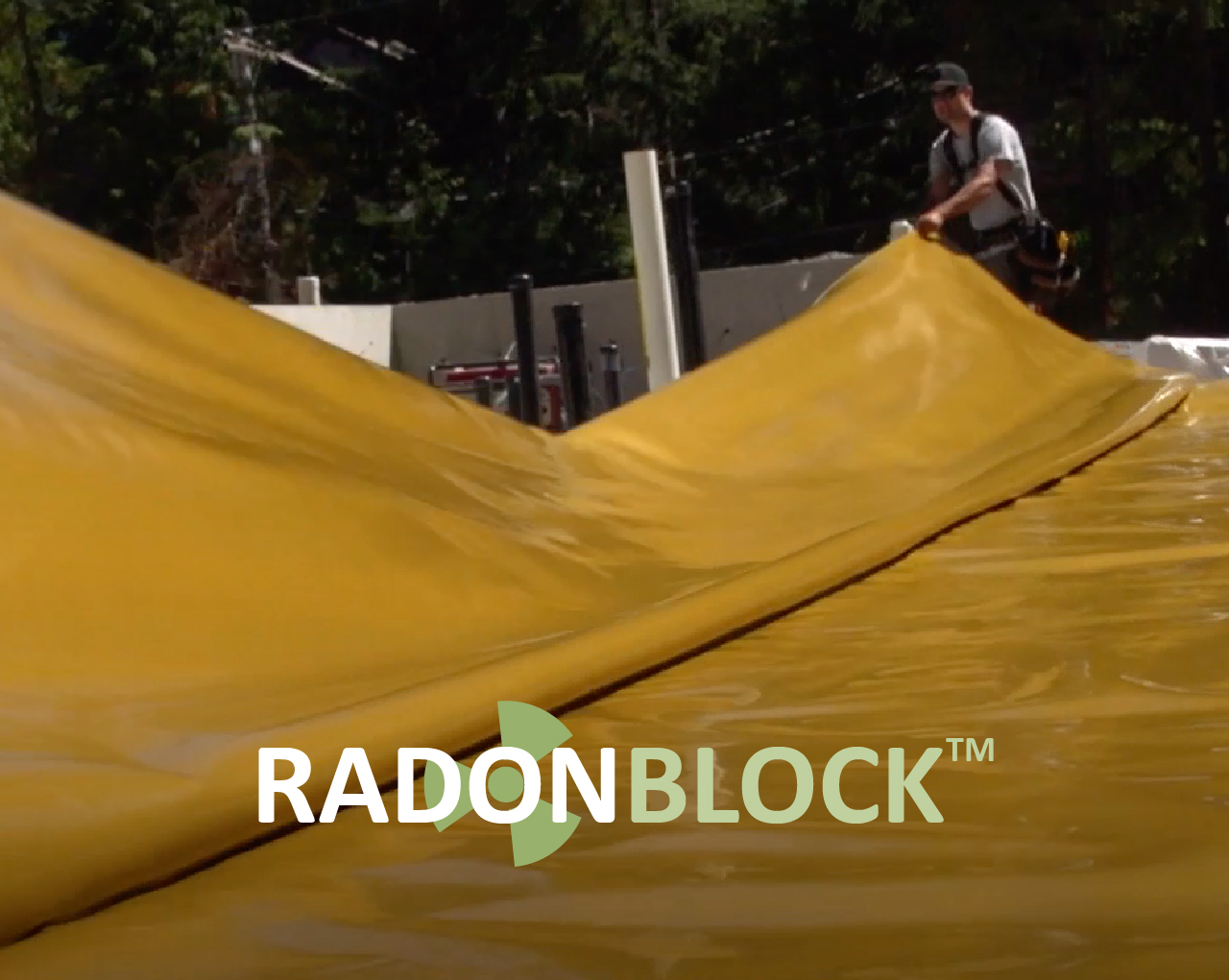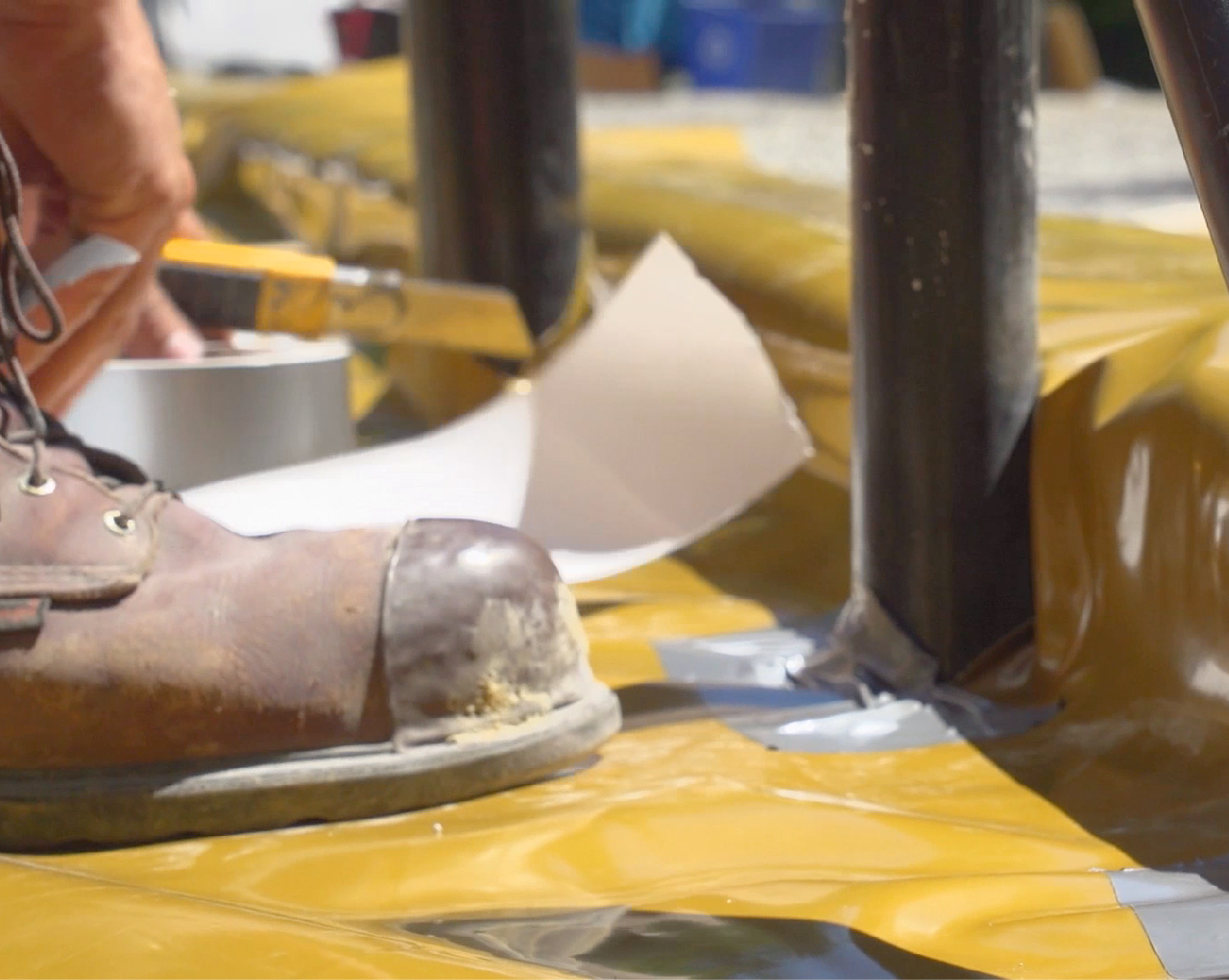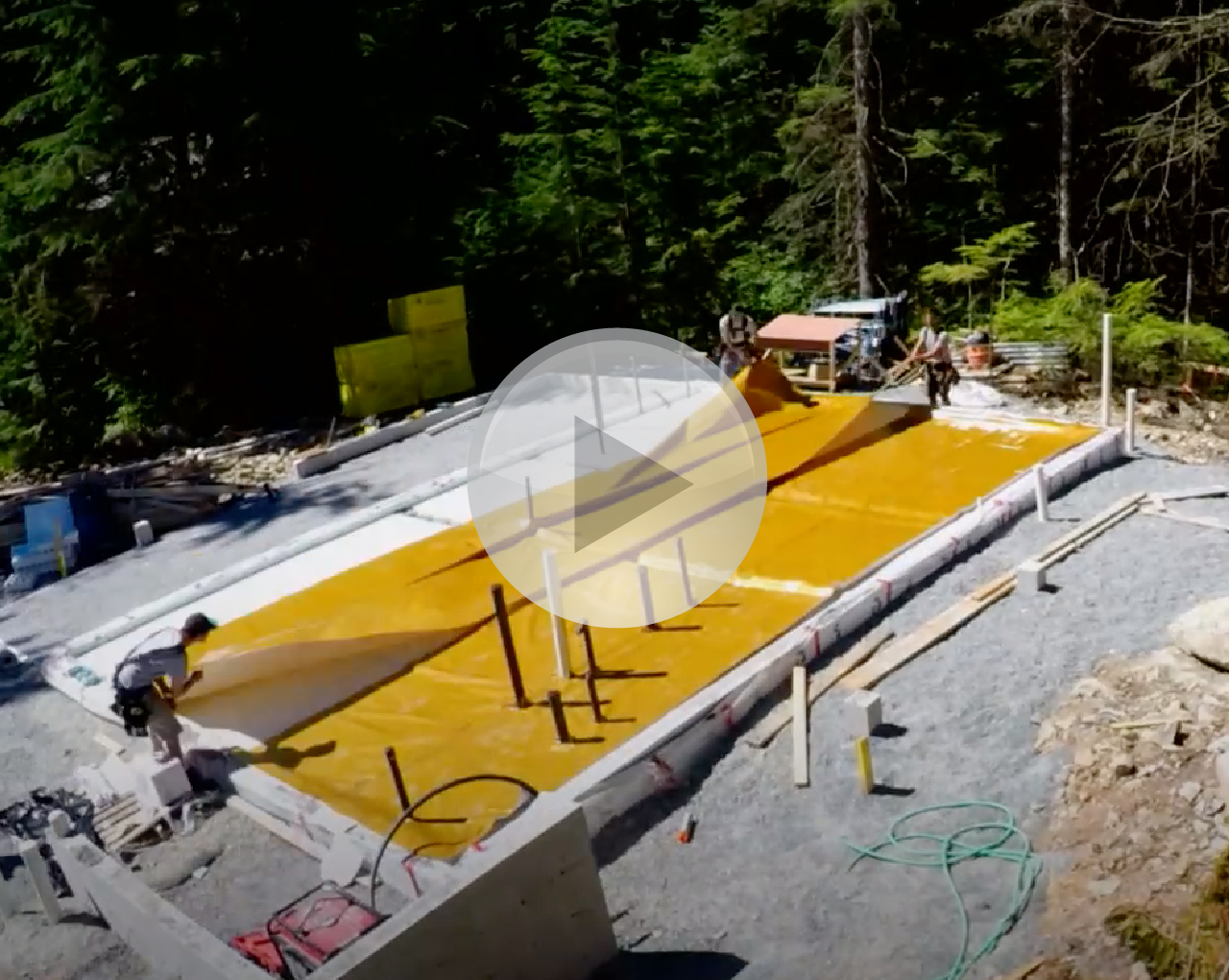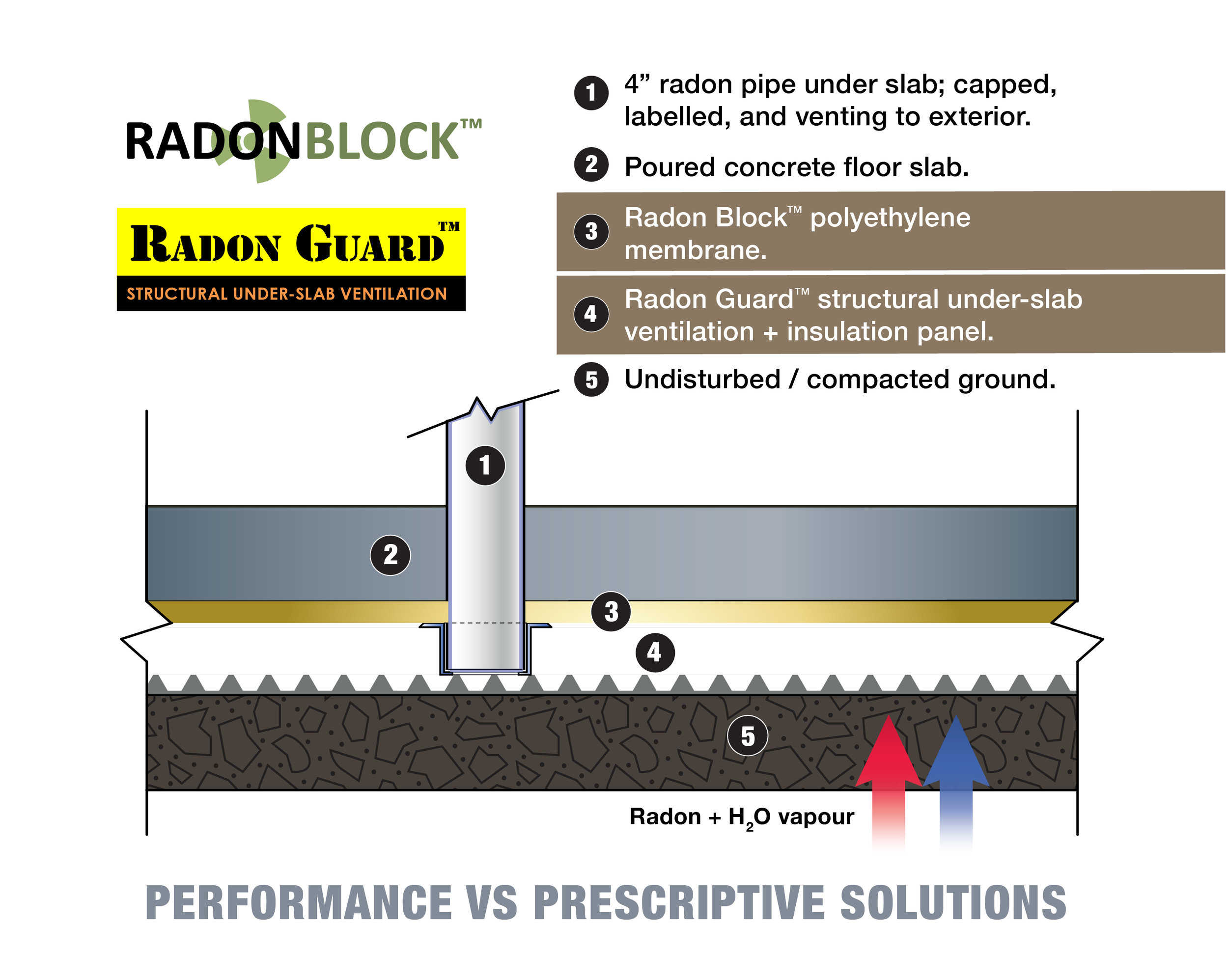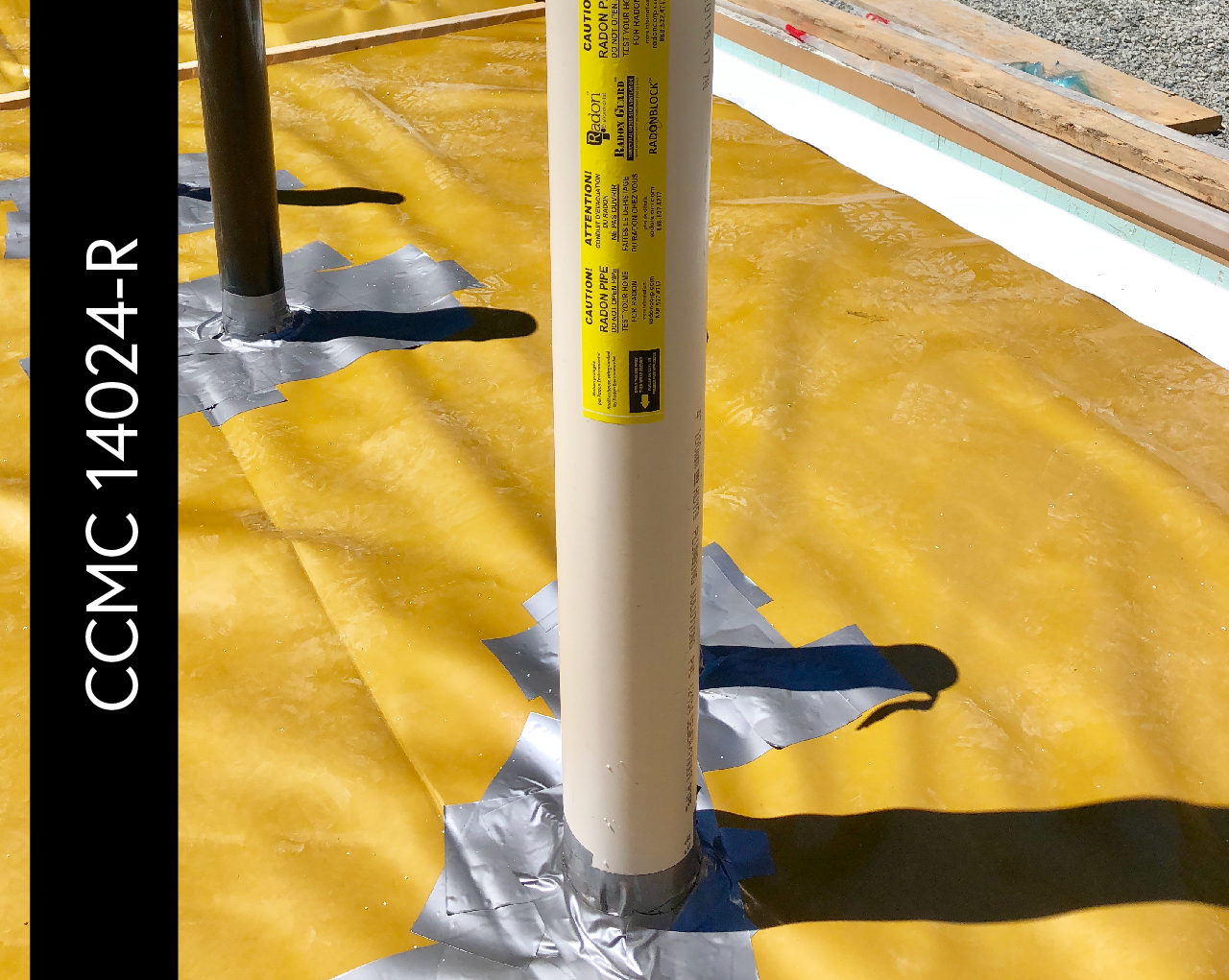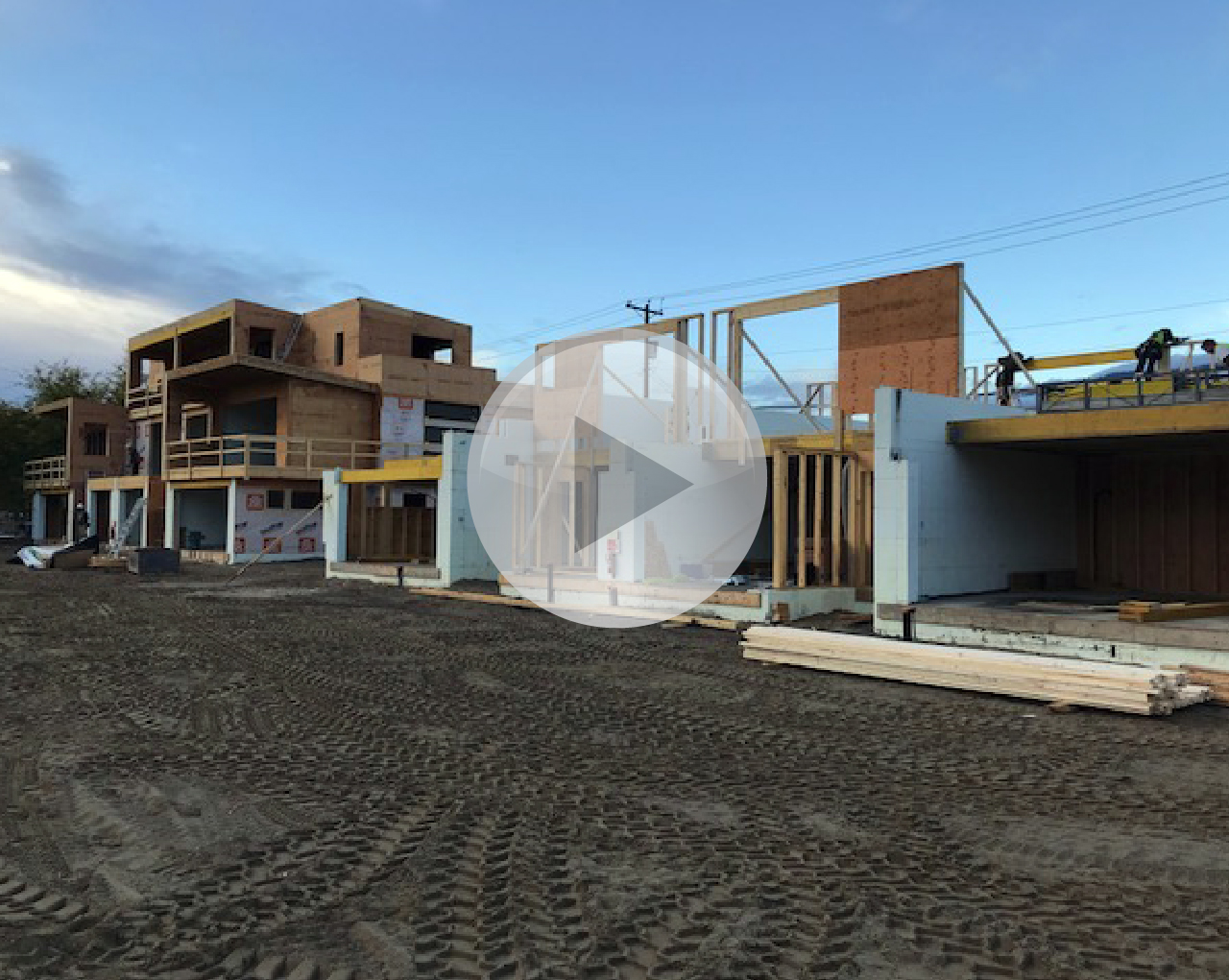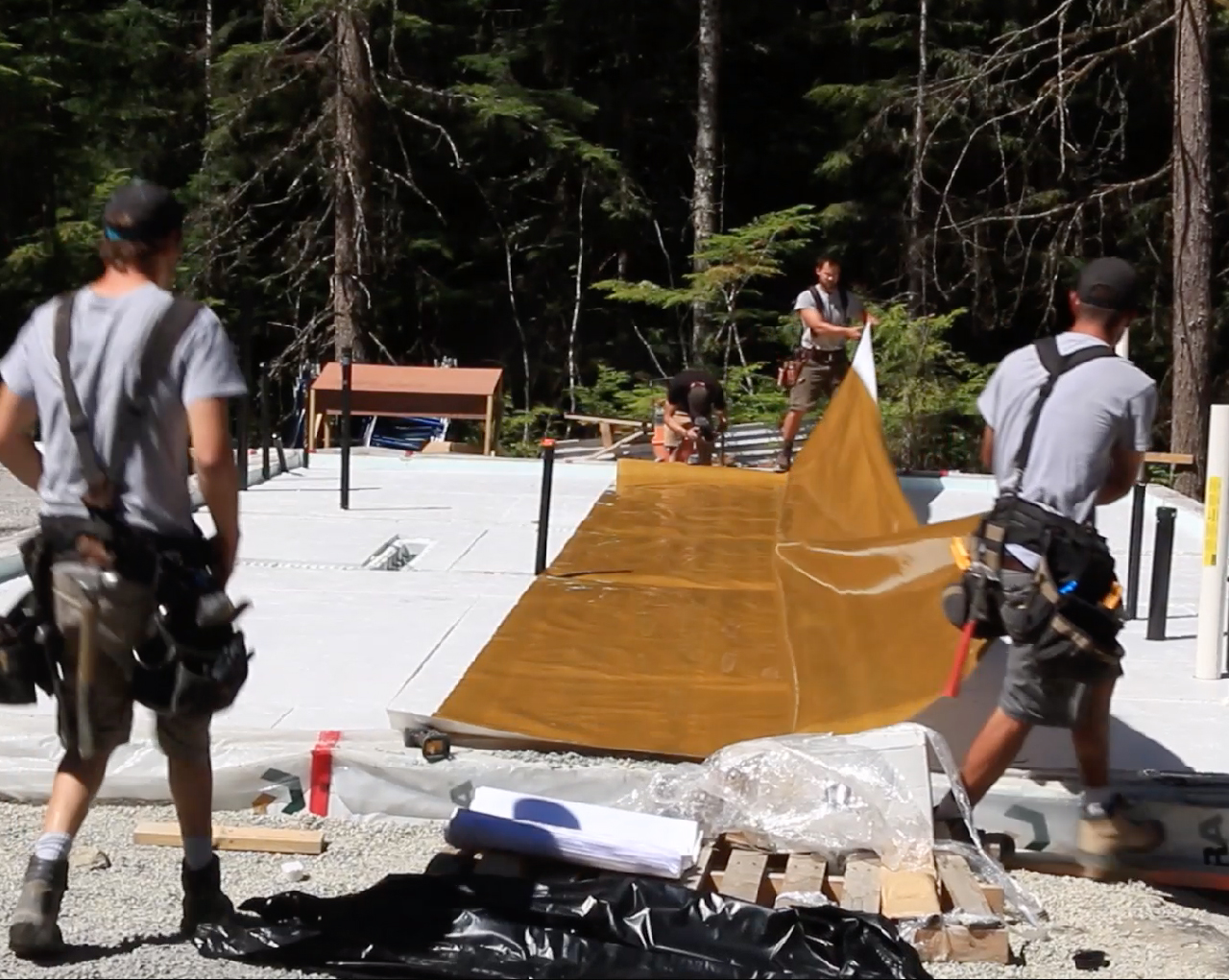Radon Mitigation System in Home Building
Every house contains some radon. Moreover, radon concentrations vary geographically and change at different times of the year.
Radon is present in every indoor environment, so it’s vital that homeowners must have their homes tested. Because long-term exposure to radon gas is harmful and can even lead to lung cancer.
Check out the Radon Potential Map of Canada Any home can have dangerous radon levels, regardless of geography.
How Does Radon Get into Home
Radon can seep into a home through soil, windows, cracks in foundation walls and floors, loose pipes fittings and support posts, floor drains and sump pumps, wall, floor joists, and even through your water facets! Concrete is porous, and radon is a gas. Therefore, that means it can penetrate through even the tiniest holes in a house.
Radon Mitigation System for Builders
There are three levels of radon reduction systems that builders can install into new construction.
Level 1 is a Rough-In for Active Soil Depressurization for Radon Reduction
Level 2- Full Passive Vertical Radon Stack
Level 3- Full Active Soil Depressurization
Level 1 radon - reduction system
Level 1 is a Rough-In for Active Soil Depressurization for Radon Reduction. A radon-reduction system's entrance point for radon and other soil gasses is a pipe that extends into a soil gas collector (typically gravel) beneath the foundation floor. The pipe finally comes to an end and is covered just above the slab.
This system is merely a rough-in, and if radon mitigation is needed, a fan system can be added. In order to reduce radon ingress, a membrane has also been placed beneath the concrete slab and is sealed to the foundation wall. The majority of provinces and territories have followed this strategy, according to CARST.
Also, it is essential to caulk any foundation cracks and joints as well as the areas near the sump pit, floor drains, and other pipes.
Level 2 - Full Passive Vertical Radon Stack
Level 2 is an extension of Level 1, where the pipe from Level 1 is extended up through space vertically and out through a wall to terminate outdoors. Provisions must be taken to ensure the pipe is properly sealed to ensure re-entrainment of radon does not occur. The system relies on naturally occurring pressure differentials generated by the stack effect to mitigate radon. This level is now being used in the BC building code.
Level 3- Full Active Soil Depressurization
System Level 3 uses the pipe from Level 2 and also includes a low wattage radon fan. The system relies on the radon fan to induce a pressure difference to exhaust soil gasses and radon from under the slab. Radon fans run continuously, and a system pressure monitor is installed for the monitoring of the system. This method has been shown to be highly effective at reducing radon concentrations in a building.
Many different products are available that can be used in the installation process of a radon reduction system. Radon Guard and Radon Block are the best choices to prevent radon from the beginning.
Radon Mitigation System - RADON GUARD™
Radon Guard® Insulation is a key component of any radon mitigation system. This code compliant replacement for code required 100mm layer of granular material under slab, is a 2 in 1 system that both insulates and protects interior spaces from radon gas for generations.
Radon Mitigation System - RADON BLOCK™
Radon Block® is the leading high performance radon blocking barrier membrane. It resists gas and moisture migration into the building envelope, providing superior protection from toxic and harmful chemicals. Evaluated as a code alternative solution CCMC 14024-R.
Contact us to discuss your radon mitigation options. With the proper radon mitigation system, radon levels can be reduced by more than 80% .
How Radon Block and Radon Guard work in an Active Soil Depressurization method

